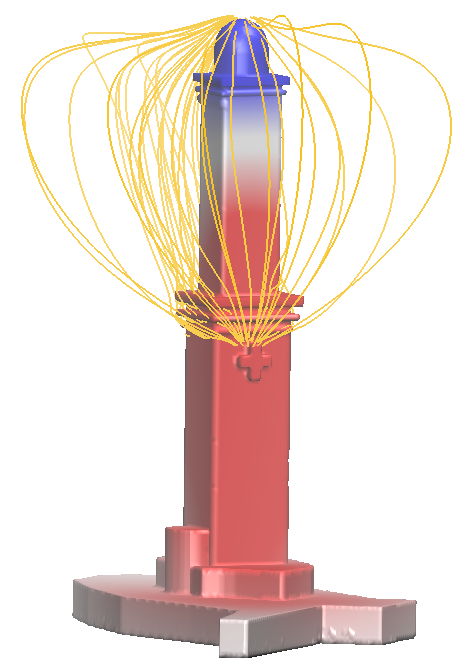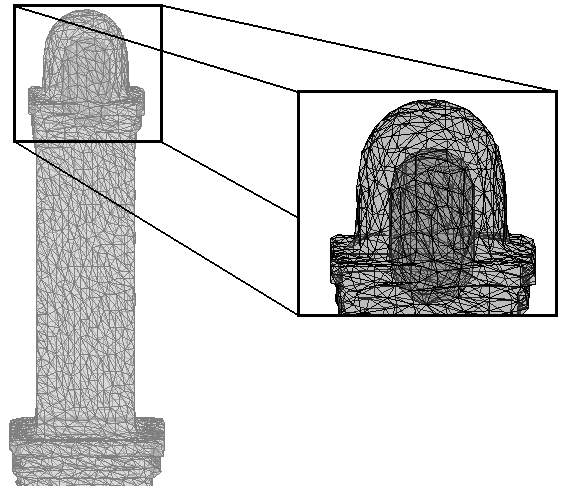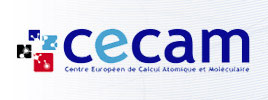Computational Electrostatics for Biological Applications
What is CEBA?
CEBA is intended to be an international meeting joining researchers in computational disciplines aiming at discussing and exploring different approaches to improve the electrostatics calculations in the Molecular Biology field. The scope of the meeting is quite broad. However, a special focus on theoretical, numerical and modeling aspects of the Poisson-Boltzmann equation and its applications to the NanoBiotechnology field will be given. It will be held from July 1st to July 3rd 2013.
The results of the meeting will be published as a book by Springer, with contributions invited and reviewed short after the workshop. The book is expected to give a broad overview of the state-of-the-art in the areas of Applied Mathematics, Geometry Processing, and Computational Biology and Chemistry which contribute to electrostatics calculations in the Molecular Biology.
|
|
 |
| The "Lanterna" lighthouse is a famous historical landmark of the city of Genova. Here, its geometric profile was meshed, charge and dielectric constant were assigned to its interior and the resulting electrostatic potential was calculated with DelPhi. The surface is corrispondently color-coded and the electric field lines are shown | Molecular-style representation of the "Lanterna" lighthouse: the Skin molecular surface |
Exploring the potential of advanced geometric approaches for Computational Electrostatics
Since we strongly believe in the power of an interdisciplinary approach to the description of complex physical and biological problems, this meeting is co-organized with the Shape Modeling Group of the Institute of Applied Mathematics and Information Technology of the CNR and co-located with the Eurographics Symposium on Geometry Processing 2013, (3-5 July 2013), a premier venue for exchanging research results on a wide range of topics related to the creation of mathematical foundations and practical algorithms for the processing of complex geometric data sets and models. Common poster session and social events are planned, to foster the cross-fertilization between the fields.
We hope to see you in Genova!
|
The organizers - Walter Rocchia (IIT, Genova)- Michela Spagnuolo (CNR-IMATI, Genova)- Sergio Decherchi (IIT, Genova)- José Colmenares (IIT, Genova)- Chiara E. Catalano (CNR-IMATI, Genova) |
|
|
|
Detail of the cavity identified by the NanoShaper Cavity detector within our lighthouse model |




